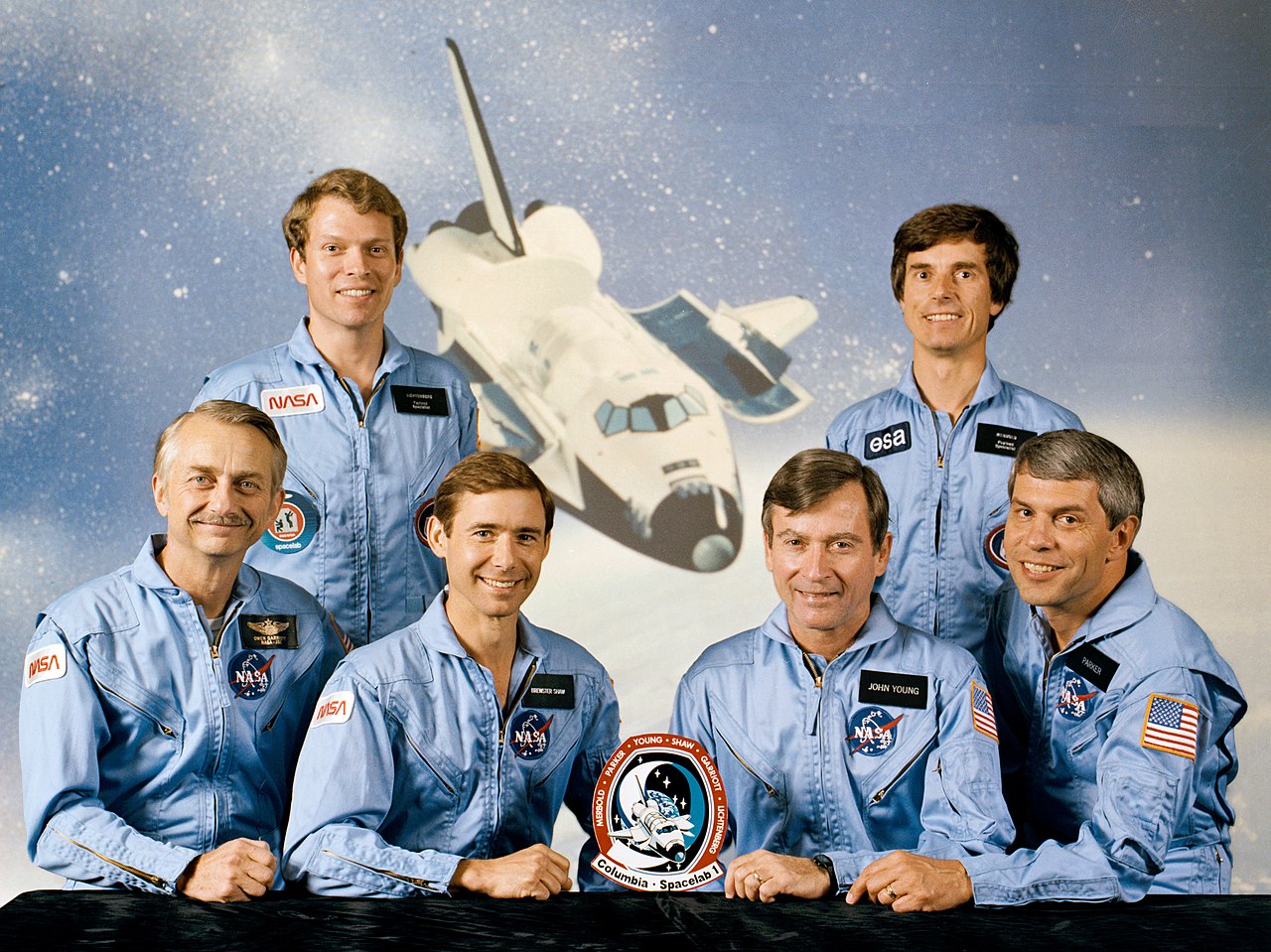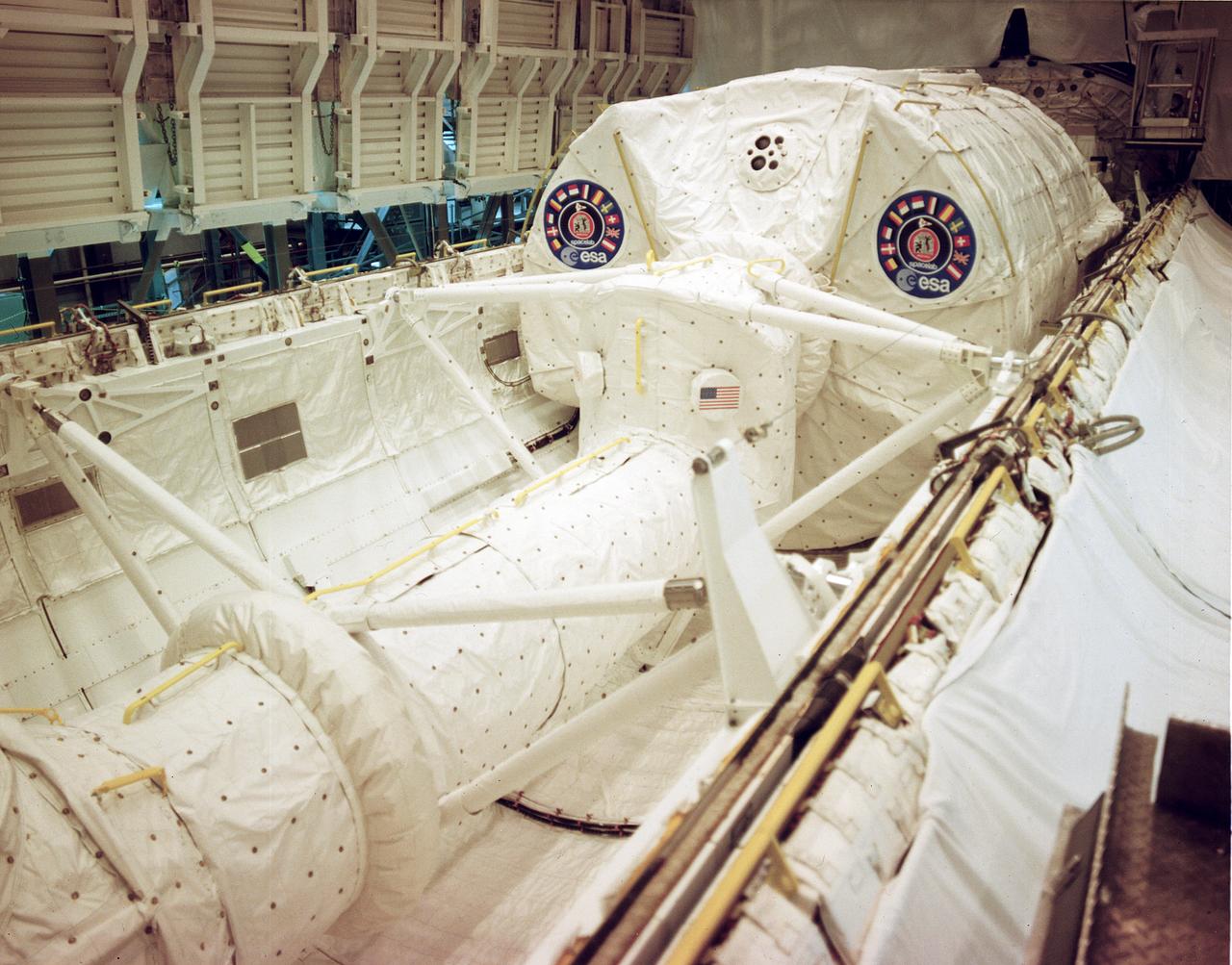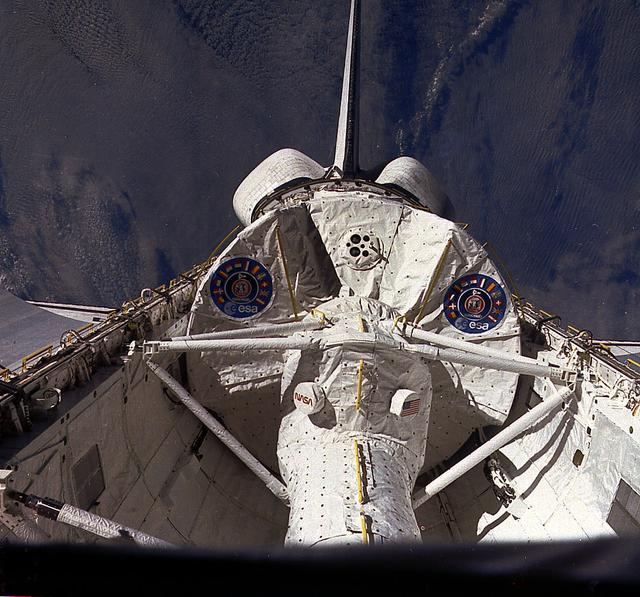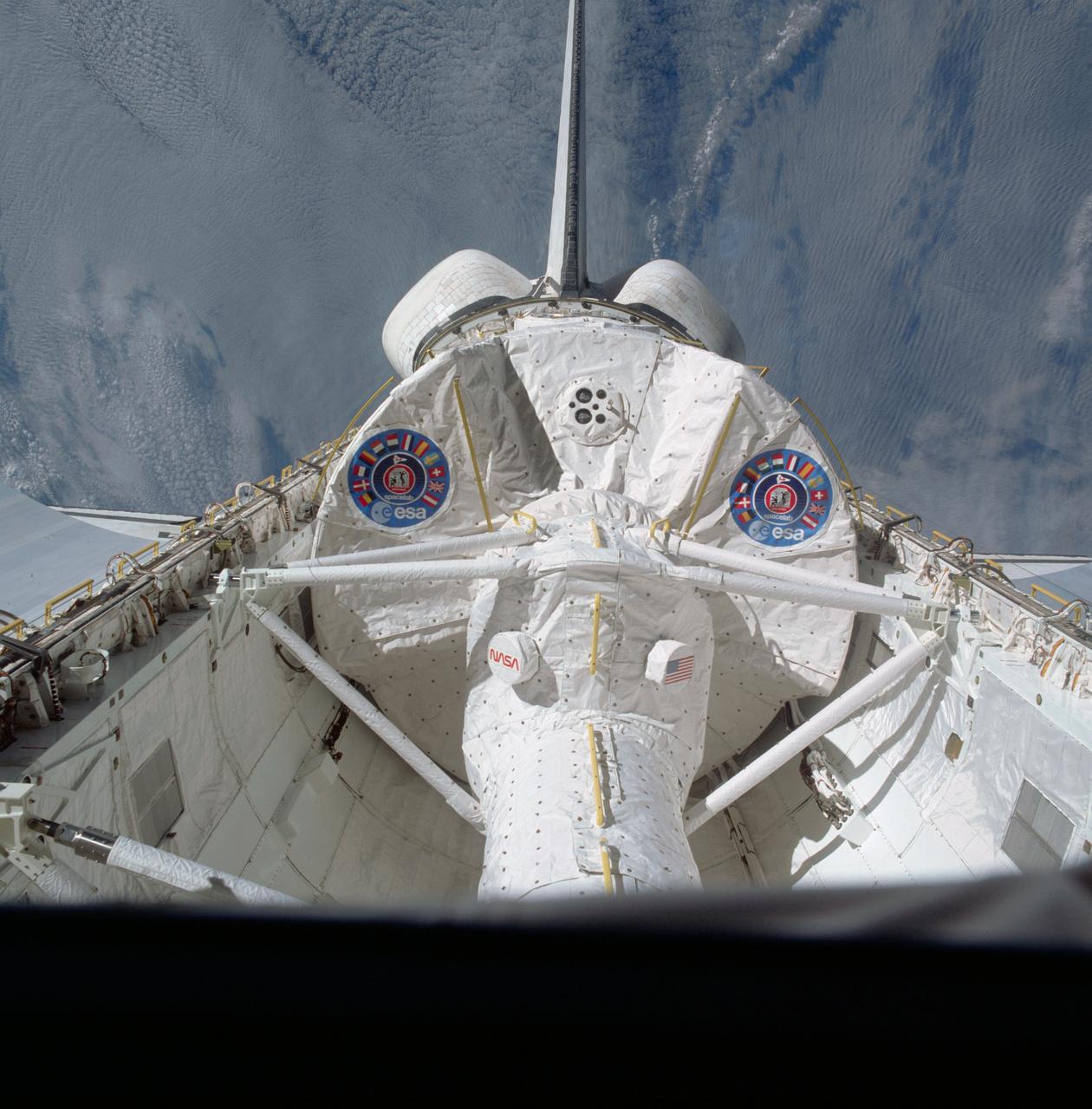STS-9 Fact Sheet
By Cliff Lethbridge

STS-9 — Columbia
9th Space Shuttle Mission
6th Flight of Columbia
Crew:
John W. Young, Commander
Brewster H. Shaw, Jr., Pilot
Owen K. Garriott, Mission Specialist
Robert A.R. Parker, Mission Specialist
Byron K. Lichtenberg, Payload Specialist
Ulf Merbold, Payload Specialist
Orbiter Preparations:
Tow to Orbiter Processing Facility – November 23, 1982
Rollover to Vehicle Assembly Building – September 24, 1983
Rollout to Launch Pad 39A – September 28, 1983
Rollback to Vehicle Assembly Building – October 17, 1983
Rollover to Orbiter Processing Facility – October 20, 1983
Rollover to Vehicle Assembly Building – November 3, 1983
Rollout to Launch Pad 39A – November 8, 1983
Launch:
November 28, 1983 – 11:00:00 a.m. EST. Launch had been scheduled for September 30, 1983, but was delayed due to a suspect nozzle on the right-hand solid rocket booster. The problem was discovered after Columbia was at the launch pad.
Columbia was rolled back to the Vehicle Assembly Building and demated in the first rollback of a flight-ready Space Shuttle. The suspect nozzle was replaced, and Columbia was remated for a second trip to the launch pad. November 28 launch occurred as scheduled with no delays.
Landing:
December 8, 1983 – 3:47:24 p.m. PST at Runway 17, Edwards Air Force Base, California. Rollout distance was 8,456 feet. Rollout time was 53 seconds. Mission duration was 10 days, 7 hours, 47 minutes, 24 seconds. Landing occurred during the 167th orbit.
Landing was delayed about 8 hours to analyze problems when General Purpose Computers One and Two failed and Inertial Measurement Unit One failed. During landing, two of three of Columbia’s auxiliary power units caught fire, although damage to the orbiter was not substantial and the crew was never in any danger.
Mission Summary:
Columbia carried the first Spacelab module and first astronaut to represent the European Space Agency (ESA), Ulf Merbold of (West) Germany. ESA and NASA jointly sponsored Spacelab-1 and conducted investigations which demonstrated the feasibility of advanced research in space.
The Spacelab is a self-contained laboratory housed in the Shuttle’s cargo bay. 73 separate experiments were carried out in astronomy, physics, atmospheric physics, Earth observations, life sciences, materials sciences, plasma physics and technology.
SELECTED NASA PHOTOS FROM STS-9
















